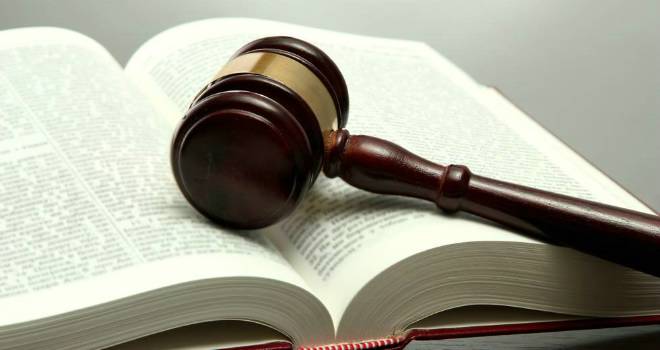
The analysis starts a year before the coronation of Queen Elizabeth II at a time when the country was recovering from World War II and some rationing was still in place.
Nitesh Patel, housing economist at Bank of Scotland, said:
"The Scottish housing market has undergone some extraordinary changes since the Queen's coronation, reflecting the changing way we live our lives. Today, the typical household in Scotland is very different following the substantial shift towards owner-occupation with the majority of households now living in their own homes rather than renting."
House Prices
House prices across Scotland have risen by an average of 91% in real terms1 over the past 40 years. Prices have increased at an average annual rate of 1.6%.
House prices in the 2000s recorded their biggest increase with a real rise of 36% between 2001 and 2011; greater than the increase of 29% in the 1980s. The worst performing decade was the 1990s when house prices declined by 12% in real terms.
Scotland has seen the smallest increase in house prices in the UK over the past 40 years. Since 19712, London has seen the biggest growth in house prices across the UK with a real rise of 189%, at an average annual rate of 2.7%. The South West of England recorded the second biggest increase, followed by Yorkshire and the Humber.
House prices have been the highest in relation to people's earnings over the last ten years. House prices in Scotland averaged 3.7 as a multiple of gross annual average earnings3 between 2001 and 2011, peaking at the highest level in the past 40 years in 2007 at 4.7. This compared with a ratio of 3.3 in 1971. Property values were lowest in relation to earnings in the 1990s when the average house price to earnings ratio was 3.1.
Housebuilding
Whilst more than 1.6 million homes have been built in Scotland in the past 60 years, the number of houses built each year has fallen by nearly a quarter since 1951, from 22,930 to an estimated 17,500 in 2011.
This drop has been driven by a dramatic fall in the volume of public sector housing being built. Housebuilding reached a peak of 43,130 units completed in 1970. Private sector completions reached a record high in 2004.
There was a 71% drop in public sector completions in Scotland between 1951 and 2011. This was in marked contrast to the ten-fold increase in private sector completions over the same period.
The fall in public sector completions was driven by the significant reduction in local authority house building in the 1980s. The proportion of all completions accounted for by the public sector has dropped significantly from 95% in 1951 to an estimated 36% in 2011.
Housing Tenure and Households
Home ownership has more than doubled over the past 40 years from 31% of the housing stock in Scotland in 1971 to 64% in 2010. The introduction of the Right to Buy scheme in the 1980s was a key driver of the rise, helping to lift owner-occupation from 36% in 1981 to 52% in 1991. However, owner-occupation has declined slightly in recent years since reaching a peak of 65% in 2007.
The proportion of homes in the socially rented sector has halved since the 1970s, falling from 51% in 1971 to 24% in 2010.
The relative size of the private rented sector in 2010 was lower than in 1971. Over the past decade, however, the size of the private rented sector has increased; rising from 7% in 2001 to 12% in 2010.





